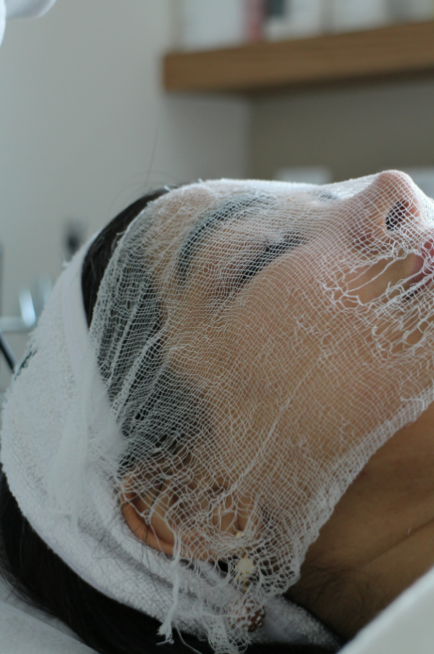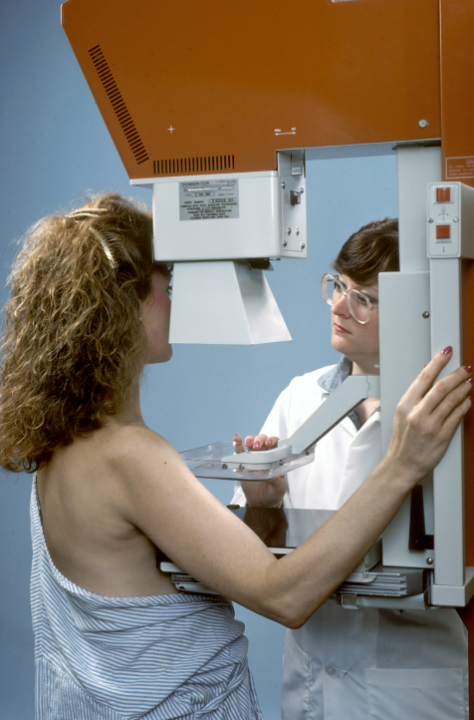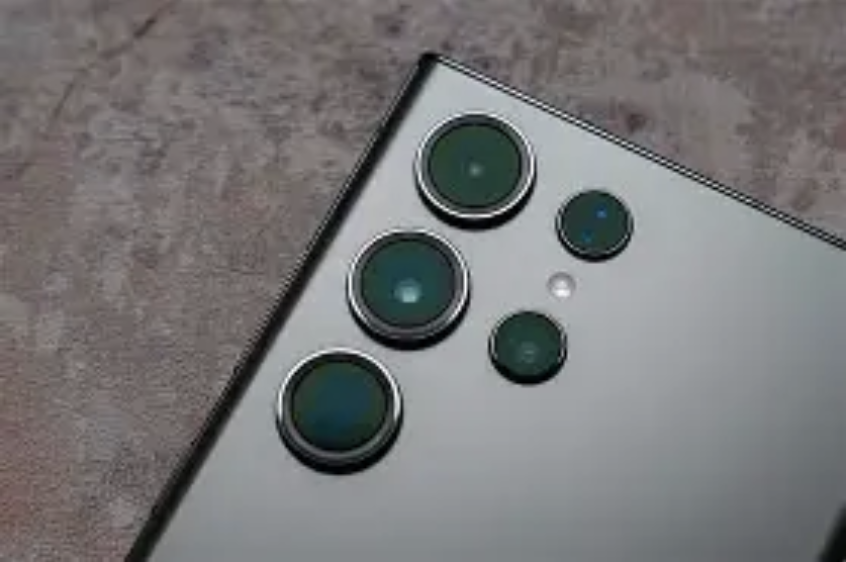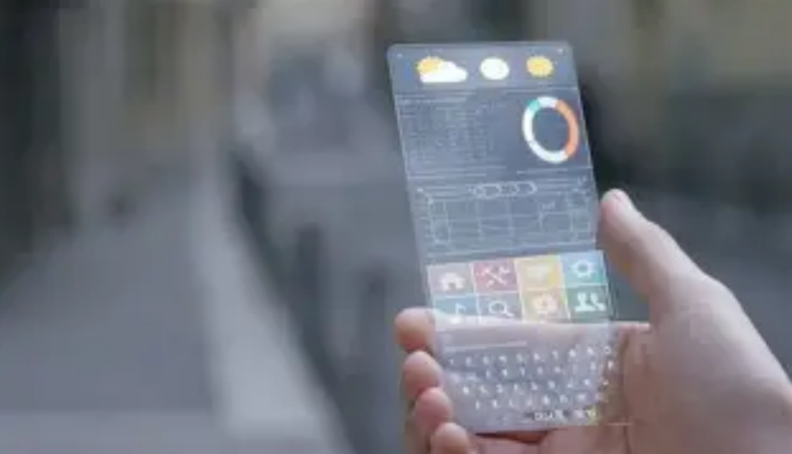In sci-fi movies, when the robot senses the touch of flowers, the red eyes always resonate with the audience. Nowadays, this "anthropomorphic touch" is moving from the screen to reality-the research and development of bio-electronic skin is quietly rewriting the underlying logic of medical monitoring equipment.

Scientists showed a special film in the laboratory of the University of Tokyo. When researchers attach this cicada-thin material to the prosthetic hand, the sensor array can accurately capture the vibration of airflow and even distinguish the subtle tactile difference between rose petals and glass fragments. This kind of electronic skin woven by silicone elastomer and carbon nanotubes is breaking through the perception boundary of traditional medical equipment.
Traditional heart monitors need gel electrodes to stick to the skin, but new flexible bio-electronic materials can follow the rhythm of the human body like the second skin. In the test of Stanford University, this thin film sensor, which is less than 1% of the thickness of hair, can record the subtle changes of muscle electrical signals while capturing weak pulse fluctuations. This means that the future health monitoring equipment will no longer be a cold instrument, but an "electronic organ" that can coexist with the human body.
What is even more amazing is the realization of self-repair function. When researchers deliberately cut the film with scalpel, the micro-capsules doped in the polymer chain immediately burst, and the released repair agent healed the wound within 30 seconds. This bionic design is inspired by the regeneration mechanism of human skin, which makes electronic skin have unprecedented durability.
In the telemedicine scene, this kind of flexible electronics skin is subverting the traditional diagnosis and treatment mode. The smart bandage developed by the University of Pennsylvania team can not only monitor the wound healing process in real time, but also promote tissue regeneration through electrical stimulation. Imagine that patients suffering from chronic ulcers don't need to go to and from the hospital on a regular basis. The electronic skin attached to the affected area will synchronize the healing data to the cloud, and the doctor will adjust the treatment plan by analyzing the bio-electric signal changes of the wound.

Of course, the real revolution of this technology lies in the paradigm shift of human-computer interaction. When the electronic skin can capture the temperature, pressure and electrophysiological signals on the human surface at a sampling rate of 1000Hz, our connection with smart devices will no longer depend on screens and buttons. MIT research shows that this high-resolution tactile feedback system may become a neural interface for paralyzed patients to manipulate exoskeleton in the future.

Standing at the crossroads of technological evolution, the future of bio-electronic skin goes far beyond the medical field. When it is integrated with flexible batteries and wireless communication modules, it may really breed smart fabrics that can perceive the environment and repair themselves in science fiction works. And we ordinary people who have witnessed this change may find that the boundary between ourselves and the machine is gradually disappearing with these electronic films that are more sensitive than skin.


